How To Stop The Walls From Drinking The Paint
From flaking paint to slap-up plaster, some decorating dilemmas tin can exist a struggle to tackle — especially when yous're in the middle of a large DIY project.
To help you bandbox upwardly your home like a pro, Dulux has shared the common paint problems and how to fix them. If you're nearly to pick up your paintbrush, make sure you requite these a read beginning...
ane. Blistering and flaking
Painting a wall is exciting, but it can be frustrating when it begins to blister and chip. Some of the reasons this may occur include wet being trapped beneath the surface of the paint film, surface contagion (such as clay, oil and grease), and if the paint is applied over a powdery or friable surface.
How to gear up: 'All loose material volition accept to be removed back to a firm edge, spot primed with the appropriate primer, and and so recoated with the appropriate product. If large areas are involved information technology's best to totally strip the surface back to a bare surface and start again,' say Dulux.
two. Haemorrhage and staining
Bleeding paint colour on an interior wall is a common problem, especially if yous are trying to embrace a dark color with a lighter shade of pigment. Besides as this, it can too exist caused past contamination of the underlying surface past stains.
How to ready: Before you lot pigment on your desired colour, information technology is important you seal the original stain. In one case you lot've done this, it could besides be worth adding on an boosted primer earlier painting. This volition help to mask those unsightly stains.
3. Cissing
Cissing is caused when you pigment over a contaminated surface, such as wax, oil or polish. Dulux say: 'The pigment cannot adhere to the surface and draws abroad leaving unpainted areas. Another reason for this may exist contamination on the brush.'
How to fix information technology: If you have experienced cissing, Dulux explain y'all should allow the surface to dry. Then, rub downwards the wall using 'wet and dry out' abrasive paper and a solution of warm h2o and detergent. Ensure you rinse and dry your walls before repainting.
4. Filler showing through paint
Wall filler is vital for covering any cracks, just it can be frustrating when it shows through beautifully painted walls.
How to set information technology: Dulux propose: 'Make sure that all filled areas are rubbed downwardly smoothen and level. You volition need to prime the filler before painting to prevent subsequent coats being absorbed more than rapidly than in other areas. Apply a coat of regular emulsion thinned 10-20 per cent with clean water - once that'south dry, utilize a full coat of emulsion.'
5. Foaming
Does your paint look like it's foaming? Co-ordinate to the experts at Dulux, this happens when you use the wrong type of roller. 'Avoid sponge or foam rollers if you're using a water-based pigment,' say Dulux.
'If you're using a long pile roller, make sure it's wetted out properly. Foaming happens when air gets into the wet paint motion-picture show to create air bubbles. When these bubbling outburst craters are left on the film surface - sometimes these craters dry to give an even motion picture.'
How to gear up it: In gild to fix any foaming issues, rub down your wall using 'wet and dry' abrasive newspaper with h2o and a little detergent. Once you've washed this, the surface should and so be rinsed and left to dry before repainting.
6. Mud cracking
Mud cracking occurs when you utilise a thick, heavy, unthinned coat of pigment onto textured or embossed surfaces (for example, chocolate-brown vinyl wallpapers or pebbledash). It tin besides happen when y'all apply paint with a brush, rather than with a roller.
How to ready it: 'I or 2 thinned coats of paints may fill in the cracks. For internal walls, use a soft sheen paint,' say Dulux. 'If the affected area is over wallpaper, the all-time thing to practise is to remove the paper and outset over again.'
7. Powdery or chalky surfaces on exterior pigment work
A common problem for many, this is often acquired by weathering or evidence of salts coming out of the surface.
How to ready it: While information technology tin exist frustrating, it's a problem which can be stock-still. In order to do this correctly, brush the affected area down with a stiff bristle brush to remove equally much powdery material as possible before applying a glaze of primer.
Dulux say: 'If the pulverisation is due to salts/efflorescence then wipe the surface with a dry cloth to exhaust the salts before coating with an Alkali Resisting primer to eliminate staining. So but repaint in your chosen stop.'
eight. Mould growth
Do you lot have mould growth on outside surfaces? I of the reasons may exist downwardly to moisture, as this is an essential chemical element for the growth of moulds.
How to ready information technology: 'Treat affected areas should exist treated with fungicidal wash, such equally Weathershield Multi-Surface Fungicidal Wash. Once rinsed, allow to dry and coated with your chosen masonry paint, we recommend Weathershield All Weather Protection Smooth Masonry Paint,' explain Dulux.
9. Cracking plaster
Something you'll frequently encounter in new build homes, swell plaster happens when plaster drys out or the building moves slightly.
How to set up it: Struggling to solve it? To do this yourself, simply cut out all cracks and remove dust and debris from the wall. Then, utilize a filler to go over each uneven flake. Make sure you lot sand it down after and so you tin can pigment your desired color.
10. Shrivelling and wrinkling
Wrinkling in paintwork can be identified by a crude, crinkled paint surface, which occurs when the surface of the paint dries also quickly as forms a 'pare'. While it can usually be solved adequately easily, it is probable to be worse if a thick coat of paint is applied to horizontal surfaces. Also this, it can also occur if a 2nd coat is practical earlier the first i has dried properly.
How to gear up it: First, allow the paint to dry and harden (it could take anywhere from a few days to several weeks). Once the surface has stale, rub information technology down using some annoying newspaper, and clean with warm h2o with a niggling detergent added. Then, rinse the surface with clean water and allow to dry before repainting.
This content is imported from {embed-proper noun}. Yous may exist able to detect the same content in another format, or you may be able to detect more data, at their web site.
11. Rain spotting
Rain spotting is surface blemishes in the paint film. A mutual cause is rain which falls on surfaces outside earlier the picture has dried properly. Y'all may find this happens when painting the shed, debate or garden doors.
How to set information technology: 'When the surface is thoroughly dry, rub the afflicted surface downwardly using 'wet and dry' annoying paper. Then recoat,' propose Dulux.
12. Loss of gloss
Often caused past settling of dew or condensation on the paint presently afterward application, loss of gloss is only noticeable with high gloss paint and varnishes. You may notice this occurs when painting in areas of high condensation, such as the bath.
How to set it: In order to fix this, rub downward the afflicted surface using abrasive newspaper and repaint.
13. Yellowing radiators
Radiators don't hold their colour forever due to the effects of heat, so you might detect yours needs touching up every few years.
How to gear up information technology: In order to avoid yellowing radiators, try painting your radiator the aforementioned colour as the wall (yellowing is more noticeable with white pigment). Another alternative is to employ Hammerite Quick Drying Radiator Enamel (White or Magnolia) or Radiator Enamel (White).
fourteen. Grayness denatured woods
This usually occurs when wood is exposed to UV light from that lord's day, causing it to go greyness and friable.
How to fix it: Dulux suggest: 'Remove the expressionless woods completely by rubbing information technology downward to new sound woods. If exterior, the woods can and then be primed with an advisable primer, such equally Weathershield Exterior Preservative Primer, followed by the Weathershield Undercoat & Gloss.'
15. Rotten wood
A common issue for many households, wood rot is a form of disuse triggered by the combination of moisture and fungi.
How to set up it: If y'all have rotten wood, Dulux propose yous cutting information technology all out and supercede with audio timber instead. Prepare the area before painting and so decorate with your preferred color.
Follow Business firm Cute on Instagram.
Similar this article? Sign upwardly to our newsletter to go more articles like this delivered directly to your inbox.
SIGN Up
Dearest what you're reading? Enjoy House Beautiful magazine delivered straight to your door every month with Free UK delivery. Buy direct from the publisher for the lowest toll and never miss an result!
SUBSCRIBE
This content is created and maintained by a third party, and imported onto this page to assist users provide their e-mail addresses. You may be able to find more information about this and similar content at pianoforte.io
Source: https://www.housebeautiful.com/uk/decorate/walls/a36593121/paint-problems/
Posted by: devaughngeoppince1952.blogspot.com

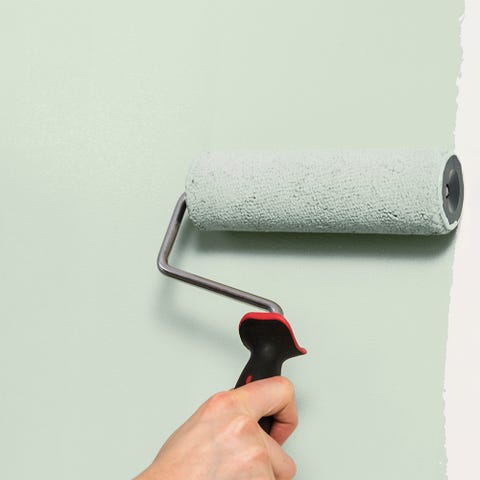
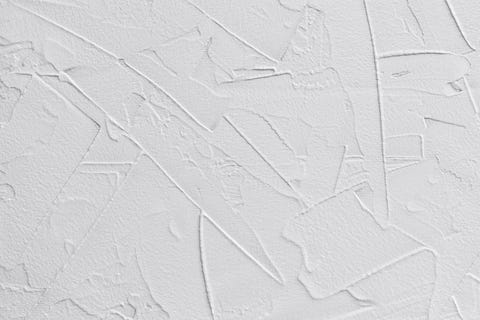
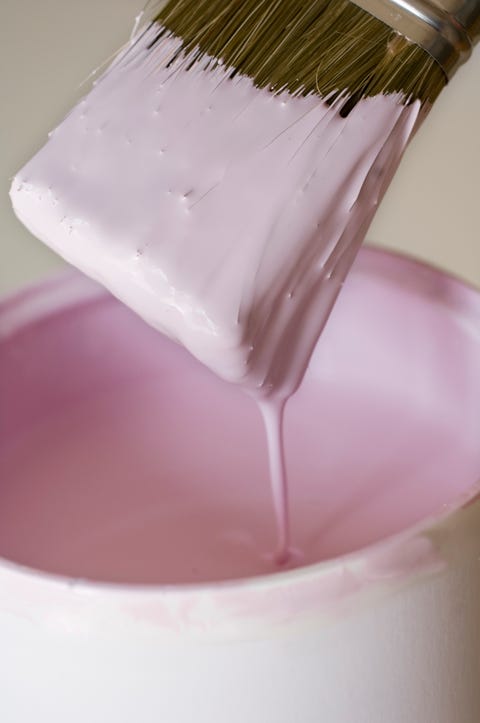
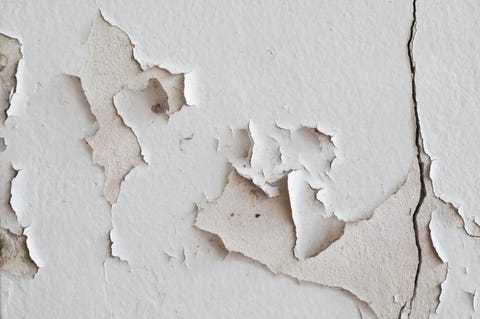
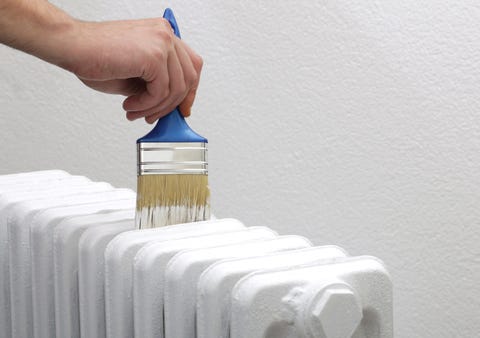



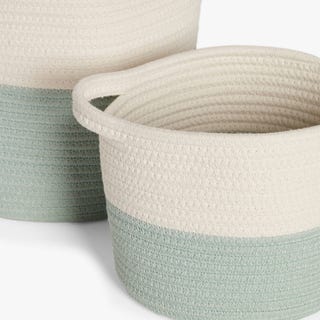
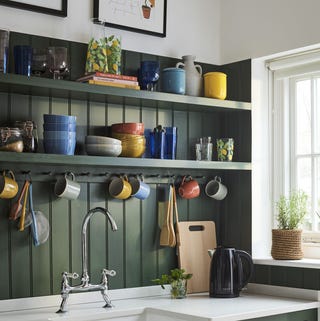

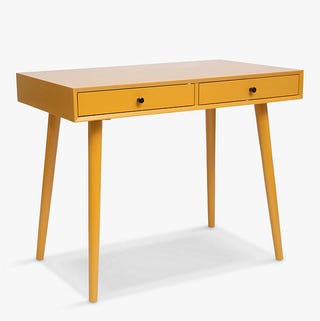

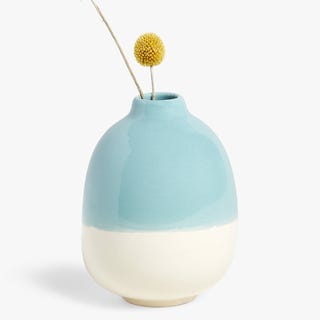
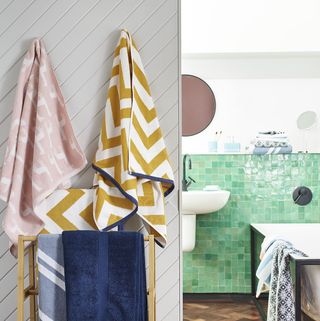

0 Response to "How To Stop The Walls From Drinking The Paint"
Post a Comment